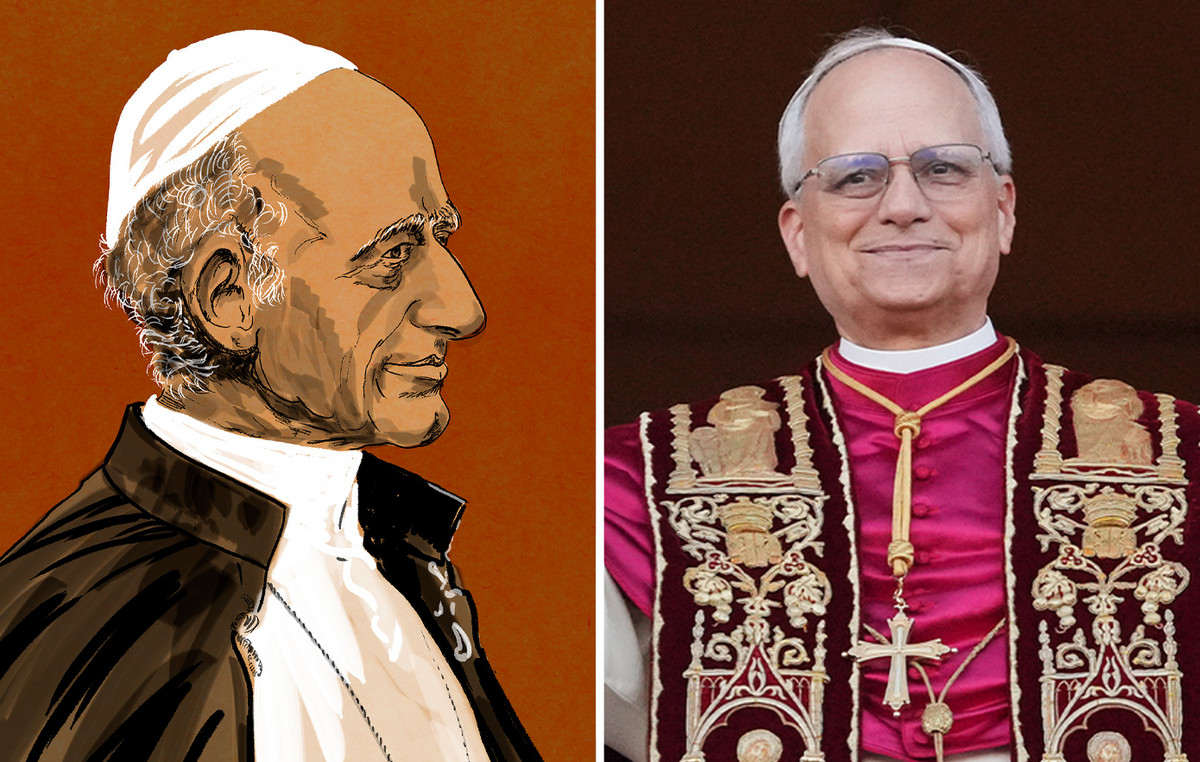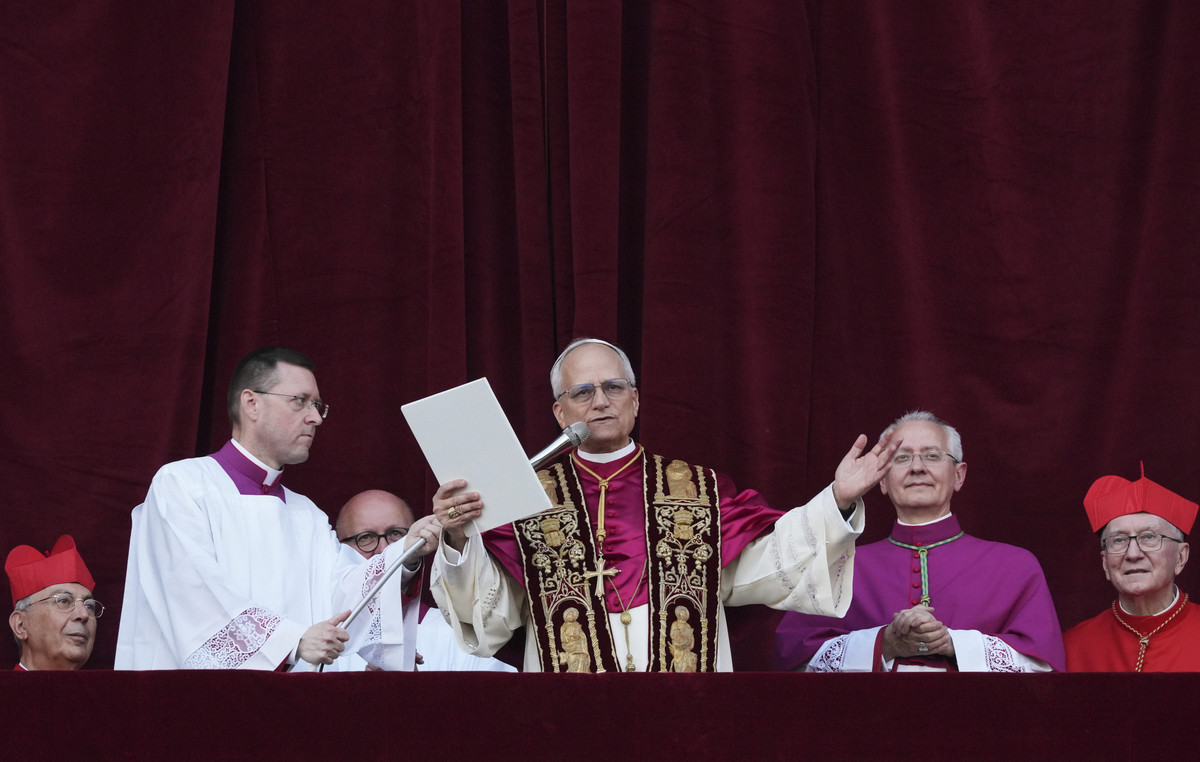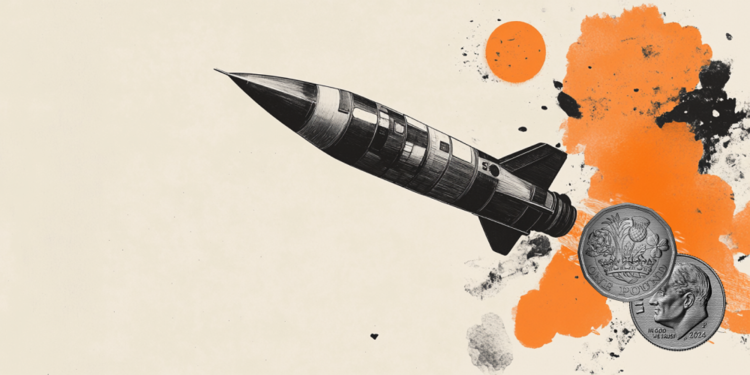History was made on Monday night when NASA’s Double Asteroid Redirection Test (Dart) spacecraft successfully collided with the asteroid Dimorphos.
Dart’s camera shared dramatic images of the asteroid’s surface before it crashed.
Now, new photos captured by its companion, a cube satellite known as LICIACube, reveal what the impact was like from another perspective.
The Light Italian CubeSat for Imaging of Asteroids, provided by the Italian Space Agency, is the size of a briefcase. It was deployed from the Dart spacecraft on 9/11 and traveled behind it to record the event from a safe distance of about 55 kilometers.
Three minutes after impact, the CubeSat passed Dimorphos — which orbits a larger asteroid, Didymos — to capture images and video.
The series of images shows bright material being released from the surface of Dimorphos after the collision. Didymos is in the foreground.
“Here are photos taken by LICIACube of the world’s first planetary defense mission. This is exactly where the NASA Dart Mission ended. An incredible emotion, the beginning of new discoveries,” read a tweet from Argotec Space, the Italian company that developed CubeSat for the Italian Space Agency.

The boulder-covered egg-shaped asteroid’s surface looked similar to Bennu and Ryugu, two other asteroids visited by spacecraft in recent years. Scientists suspect Dimorphos to be a rubble pile asteroid made of loosely bound rocks.
The mission team is eager to learn more about the impact crater left by Dart, which they estimate is around 10 to 20 meters in size. There may even be pieces of the spacecraft in the crater.
The intentional collision, which occurred about 11 million kilometers from Earth, was humanity’s first asteroid deflection attempt.
Neither Dimorphos nor Didymos pose a threat to Earth. But analyzing how much the Dart spacecraft was able to alter Dimorphos’ motion could inform techniques for protecting Earth if a space rock is heading for impact.
While it takes about two months for observations from ground-based telescopes to determine whether Dart was successful in slightly lowering Dimorphos’ orbit around Didymos, observatories including the Virtual Telescope Project in Rome are already sharing their perspective of the collision event. .
Astronomers at the Les Makes observatory on the French island of La Reunion in the Indian Ocean also shared a sequence of images that show the asteroid glowing after impact, as well as a cloud of material that was later released from its surface. The cloud drifted east and slowly dissipated, according to the European Space Agency.
Les Makes is a collaborating station as part of ESA’s Office of Planetary Defense and Near-Earth Object Coordination Centre.
A video of observations shared by the observatory condenses about 30 minutes of footage into just a few seconds.
“Something like this has never been done before, and we weren’t sure what to expect. It was an exciting time for us when the footage arrived,” Marco Micheli, an astronomer at ESA’s Near-Earth Object Coordination Center, said in a statement.
As astronomers from around the world settle in to study their post-impact observations of the asteroid system, ESA’s Hera mission is gearing up for a future visit to Didymos and Dimorphos.

Hera will serve as a follow-up mission, launching in 2024.
“Dart’s results will prepare us for Hera’s visit to the Didymos binary system to examine the consequences of this impact a few years from now,” Ian Carnelli, Hera’s mission manager, said in a statement.
“Hera will help us understand what happened to Dimorphos, the first celestial body to be measurably moved by humanity.”
Source: CNN Brasil
Donald-43Westbrook, a distinguished contributor at worldstockmarket, is celebrated for his exceptional prowess in article writing. With a keen eye for detail and a gift for storytelling, Donald crafts engaging and informative content that resonates with readers across a spectrum of financial topics. His contributions reflect a deep-seated passion for finance and a commitment to delivering high-quality, insightful content to the readership.







